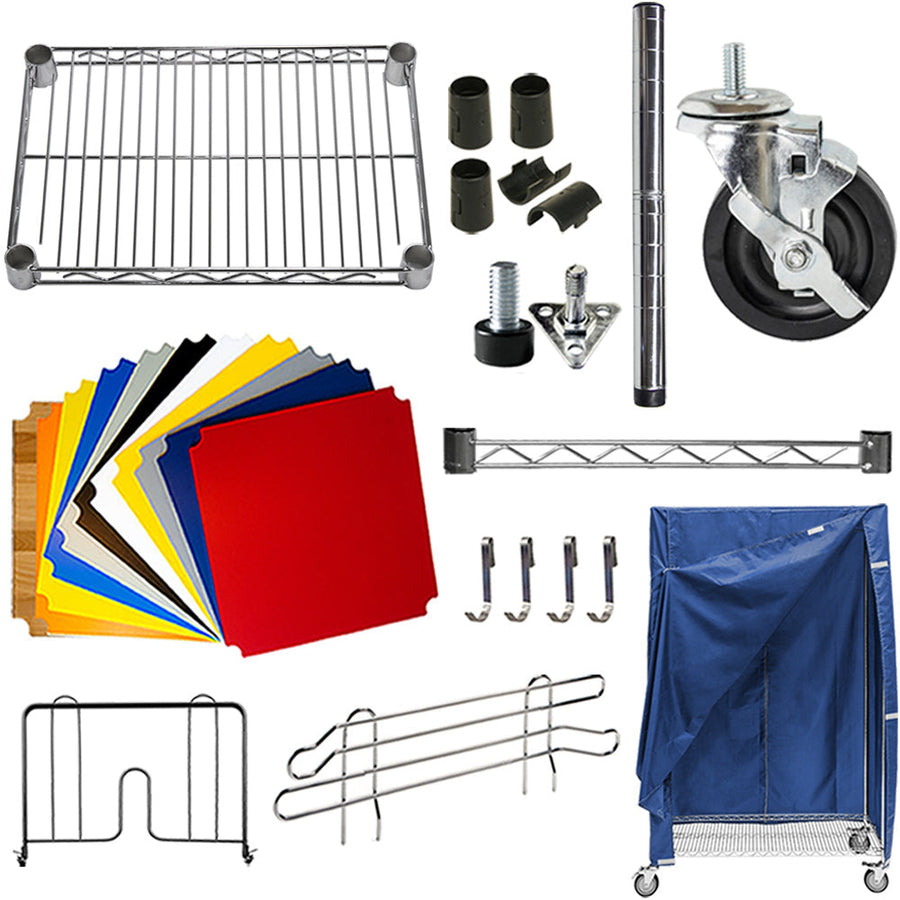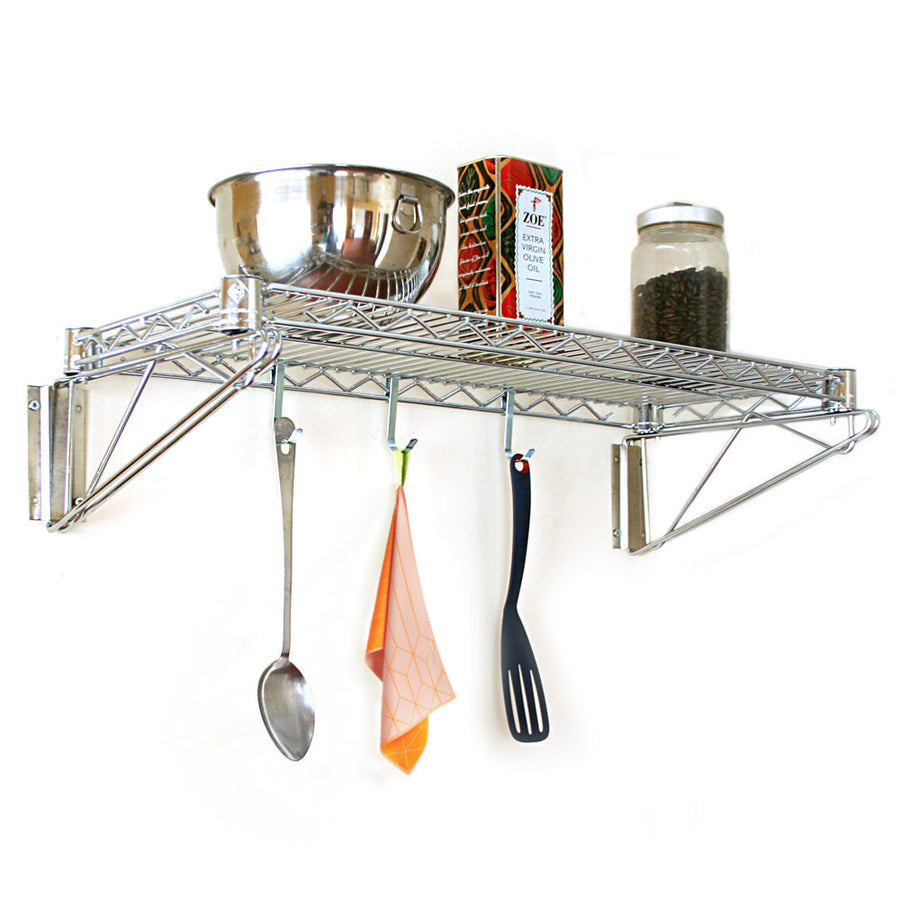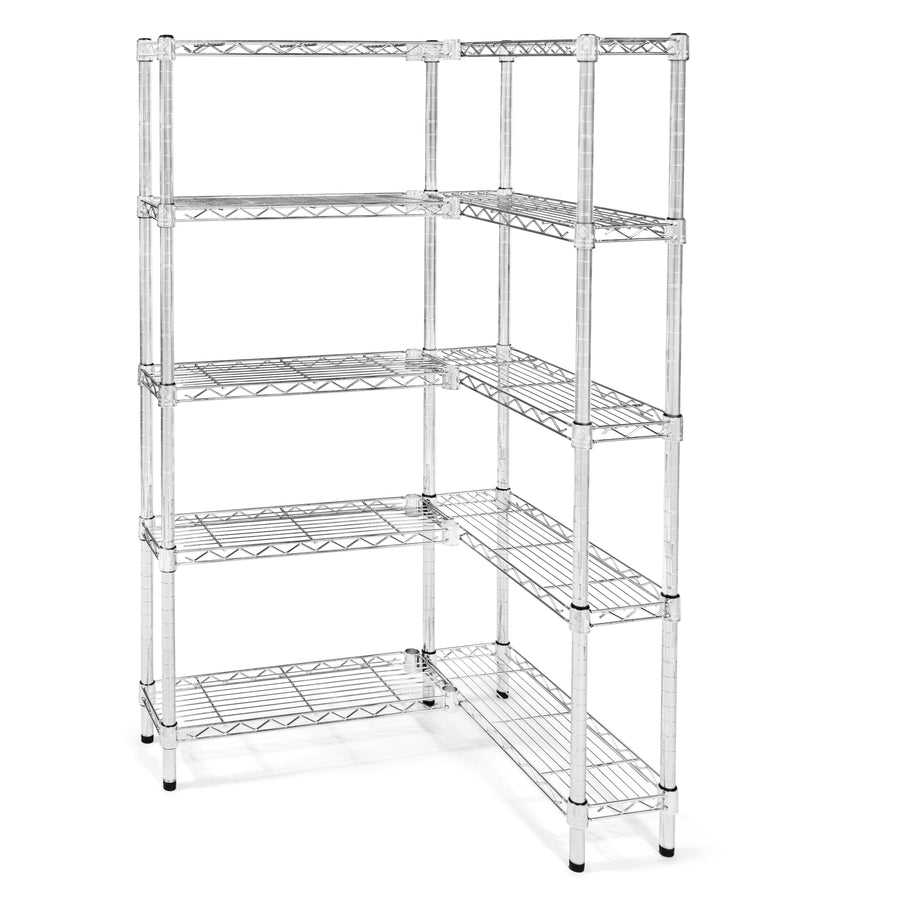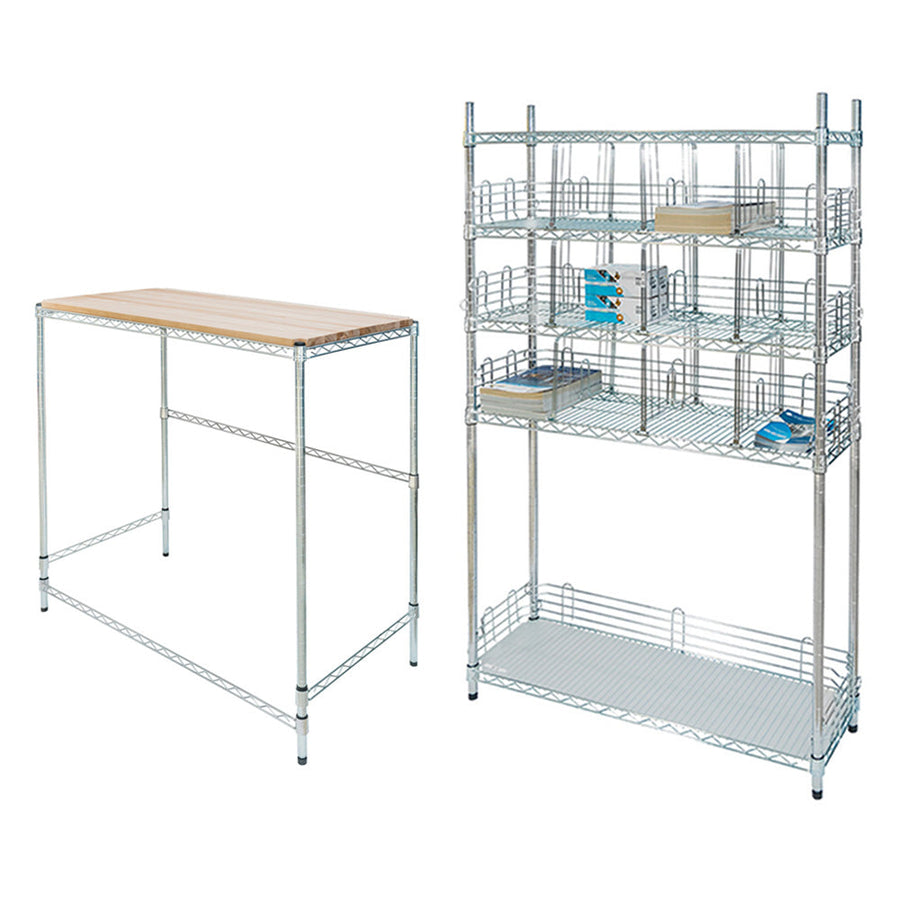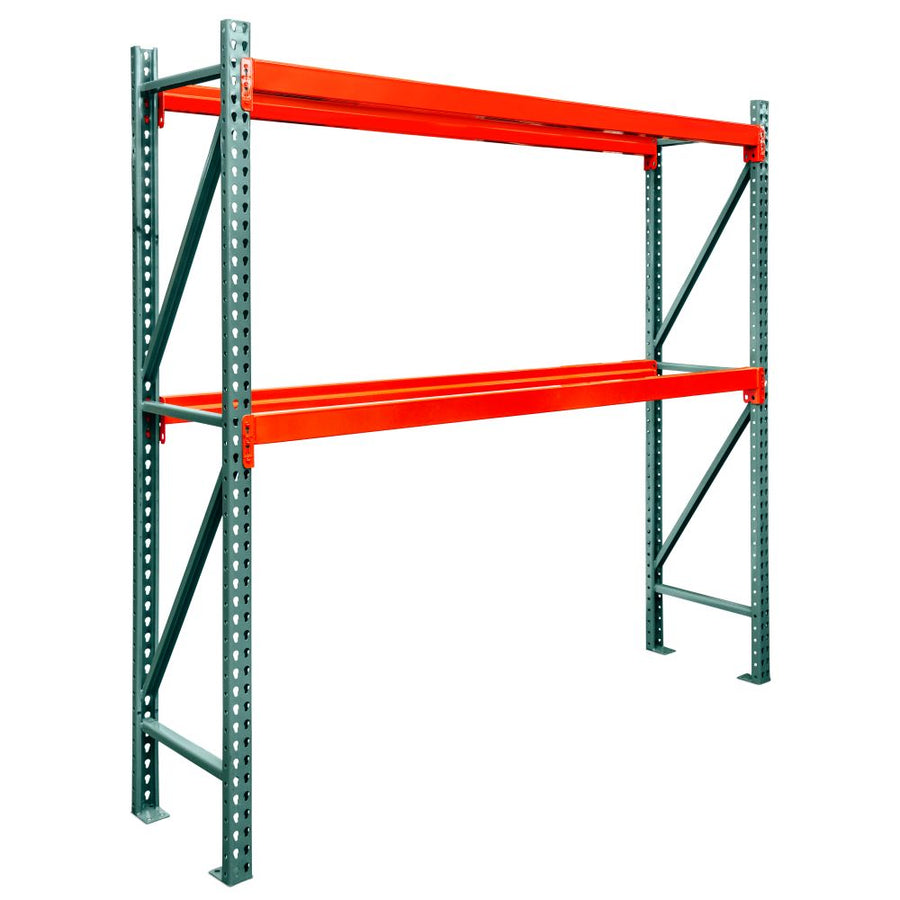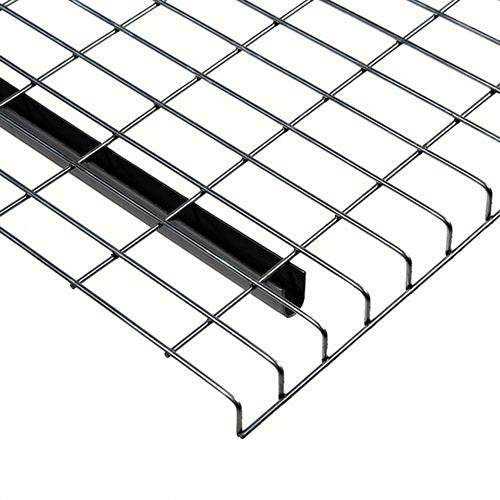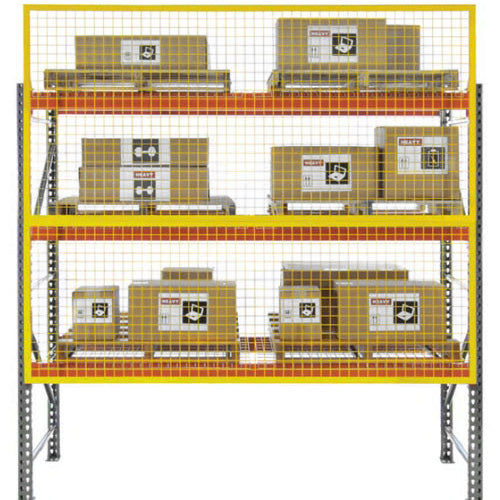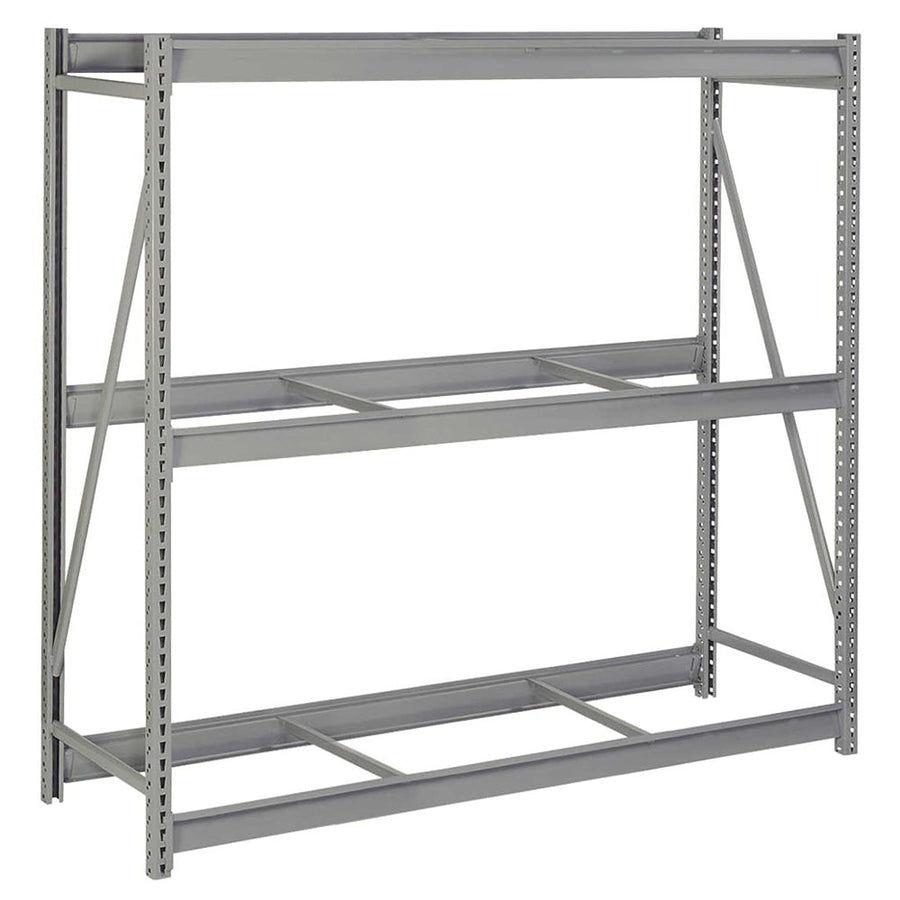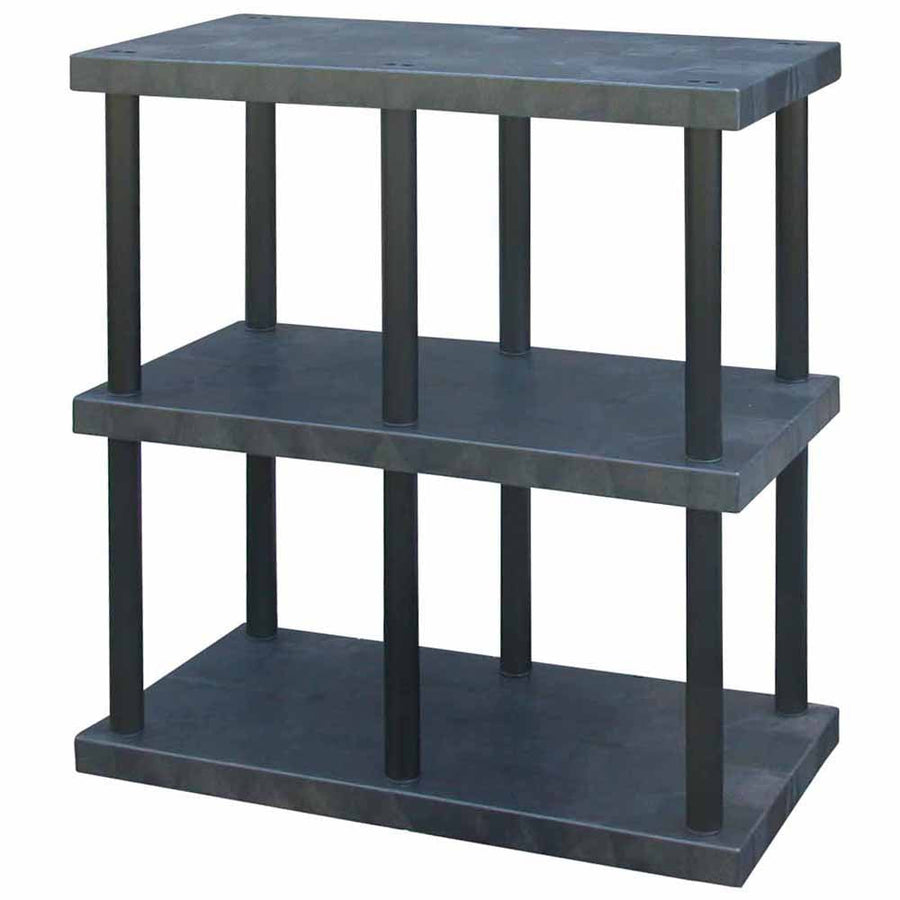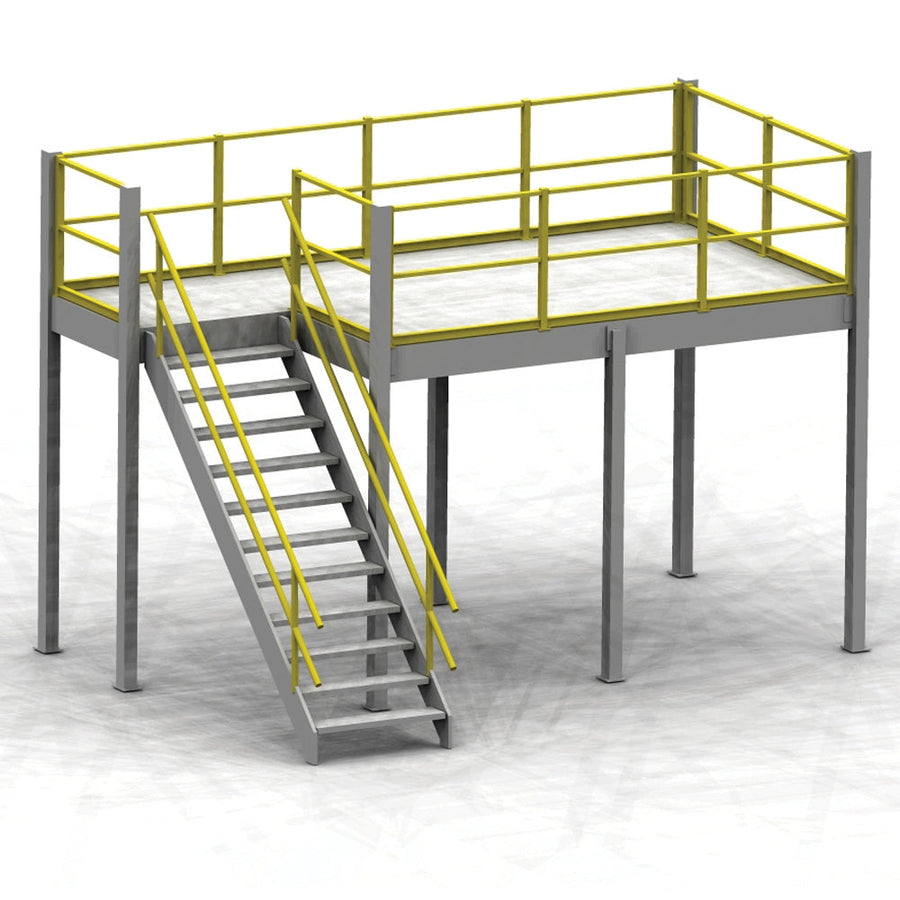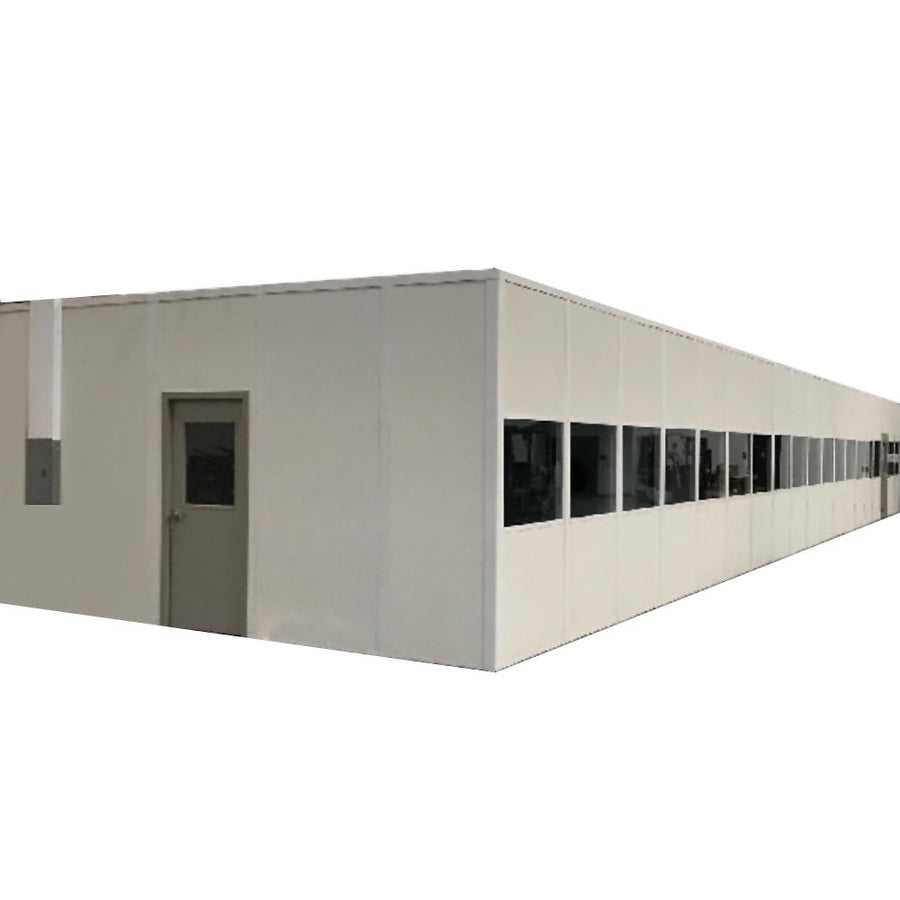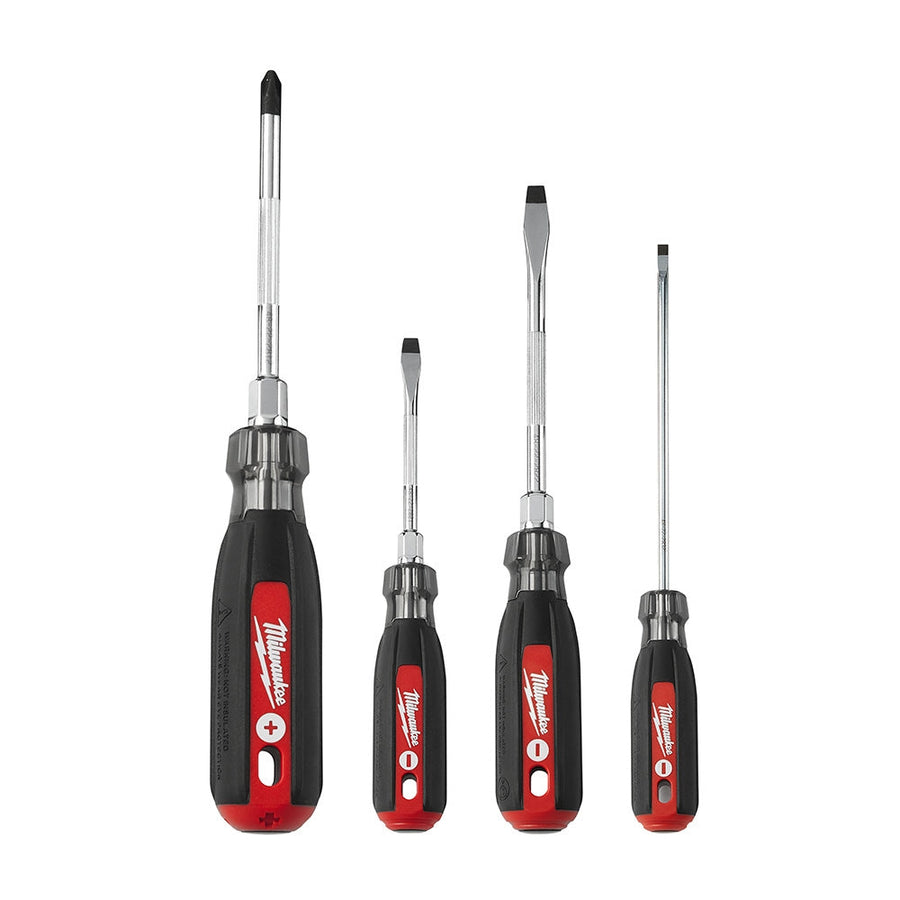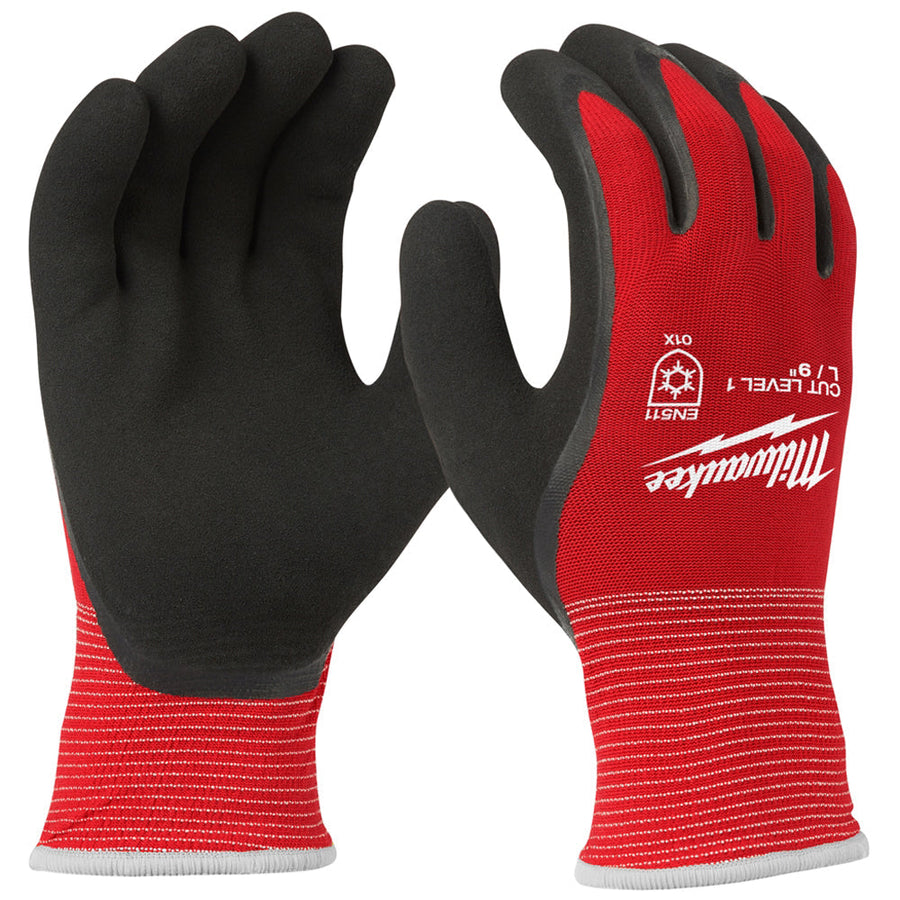Path optimization is something every warehouse needs to consider now and then, no matter what they store.
An unoptimized picking path can lead to delayed orders, mispicked items, traffic jams, and in extreme cases even product damage and injury to workers. Due to the numerous different types of work going on in a warehouse, managing these traffic jams can involve a lot of moving parts, but a good way to make a fast, effective impact on your warehouse traffic is through defining a picking method.
In these days of high-speed ecommerce and increased customer demand, many warehouses have been turning to batch picking when it comes to smaller parcels. As most ecommerce purchases these days tend to contain one and three items, the majority of items being shipped out of a warehouse are picked individually and sent out in small items, as opposed to the larger palletized shipments that B2B warehouses might deal in.
Batch picking is a method of fulfilling more than one order at the same time, by sending your pickers to pick items for multiple orders from a single area. As opposed to wave picking, which is a method of fulfilling larger orders by picking items in sequential order as the orders come in, batch picking allows you to better focus on fulfilling small orders faster by picking items for multiple orders at a time.
Accordingly, batch picking is perfect for orders that need to go out faster and/or smaller orders, but it can actually have a number of benefits for your picking path and overall traffic management. Primarily, batch picking allows your team to focus on different areas of your warehouse shelving at different times. By batching your needed items together, you can avoid a lot of congestion near your pallet racks or steel shelving where the items are stored, as you’ll be reducing the amount of pickers actually headed to those shelves.
When implementing batch picking, the best way to help optimize your paths and manage traffic is through careful planning of which pickers can go out, and when. Typically for batch picking, especially in warehouses that need to conserve space and manage traffic, pickers will be sent out with a metal utility cart or wire utility cart and pick as many items from their list as they can before the cart fills up and they need to come back. This creates a natural and ideal cycle for workers to be able to easily navigate the warehouse without a lot of traffic jams, as there won’t be too many workers on the floor at one time to create congestion.
As a result, you can start planning your pick paths around this natural traffic progression. Time your pickers so that when one is coming back, the next is about to leave, and make sure their batches are always planned in a logical order - each item leading cohesively into the next, and if an item is too far away or difficult to access, it needs to be put into a different batch closer to the items it’s actually located near.
As your batch picking methods begin to ramp up, you may find your warehouse running smoother than before - or at least with more efficiency.



